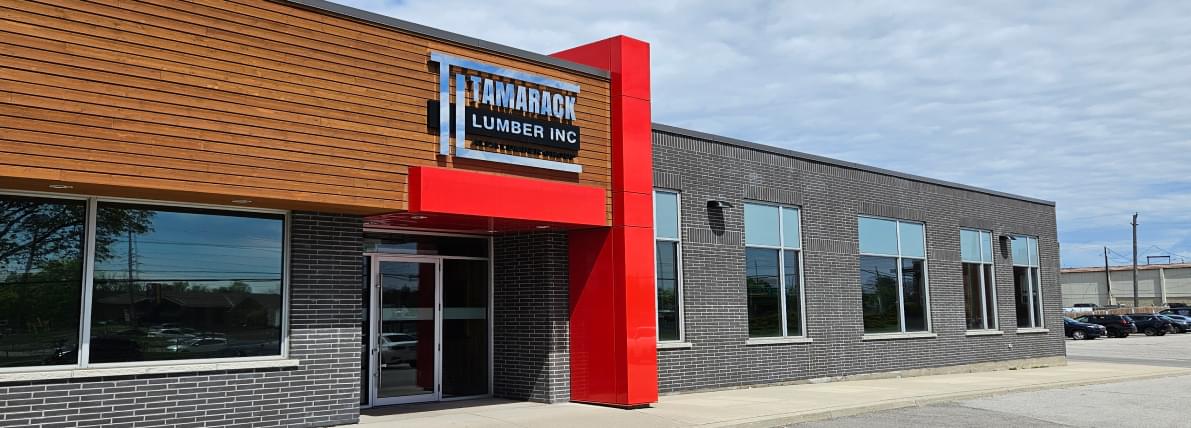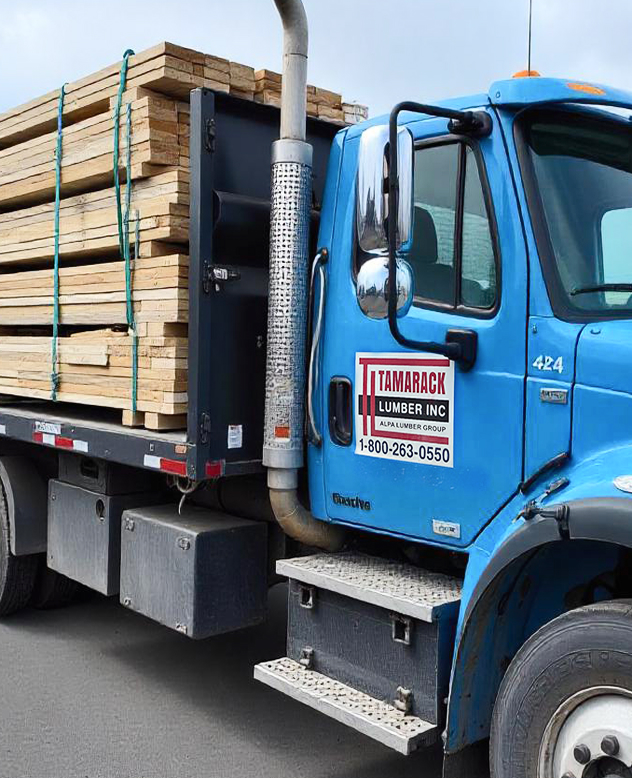
Signs It’s Time to Replace Your Mouldings
As a homeowner, you likely understand the importance of maintaining your property. After all, purchasing a house is one of the biggest lifetime investments people make. So taking the necessary steps to ensure all aspects of your home are in tip-top condition are important for this reason.
Even seemingly minor components to your home, like mouldings in Toronto should be maintained and replaced when needed. But figuring out when your mouldings need to be replaced may not be as straight-forward as you think. In today’s blog we discuss 3 key signs that it’s time you replace your mouldings in Toronto. Read on for more.
10+ Years of Use
If your mouldings are over a decade old, it might be worth replacing them - or at the very least refinishing them. Generally speaking, after 10 years it’s likely your mouldings have experienced significant wear and tear. Especially the mouldings in your home that are in places that experience daily use i.e. the frames and baseboards around entryways in your home.
If you live in an older home where the mouldings are intricate in design and you would like to preserve them, then it’s best advised to consult a moulding specialist for what is the best course of action for maintaining them.
Water Damage
Water damage can negatively impact the structural integrity of your baseboards. Flooded basements and leaky roofs are common culprits of water damage in the home. When mouldings in Toronto are faced with significant water damage, it can lead to mold growth which will break down the wood the mouldings are made from. It is best advised to replace your home’s mouldings if they have been exposed to water damage.
Wood Chipping and Cracking
Wood chipping and cracking of your mouldings are a tell-tale sign that it’s time to replace them. After years of moving around furniture, refinishing flooring, or replacing drywall can unconsciously result in damage to your home’s mouldings. Ultimately, it’s best to replace your mouldings when excess chipping and cracking is visible.

